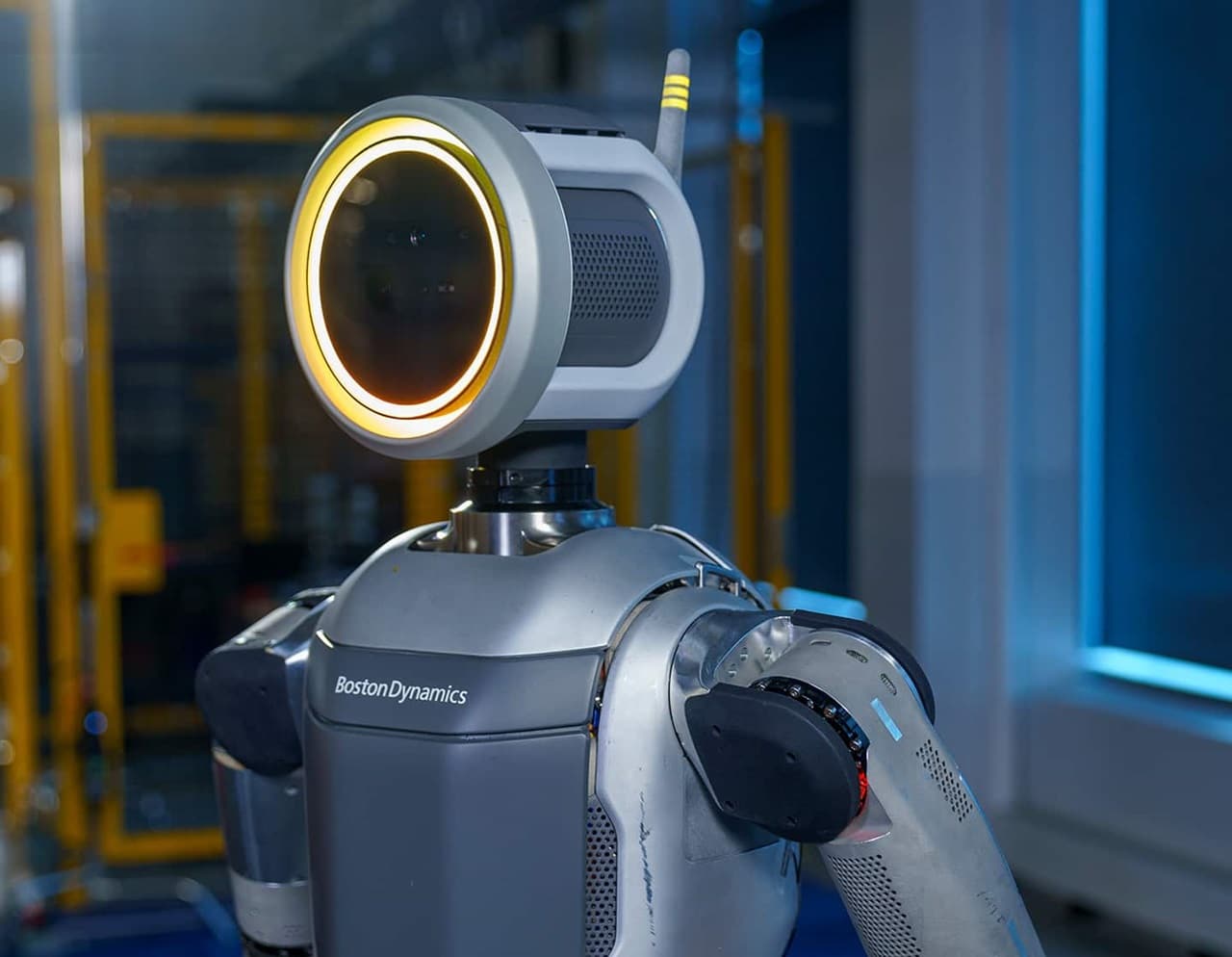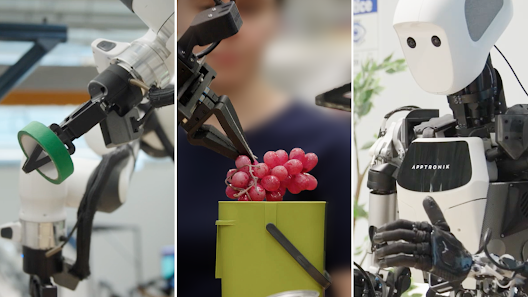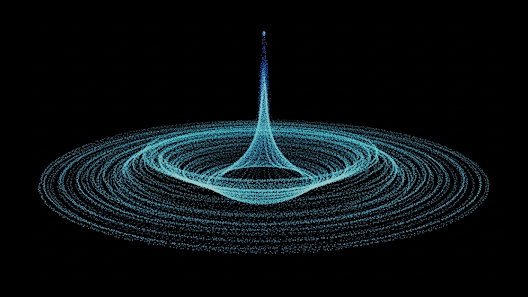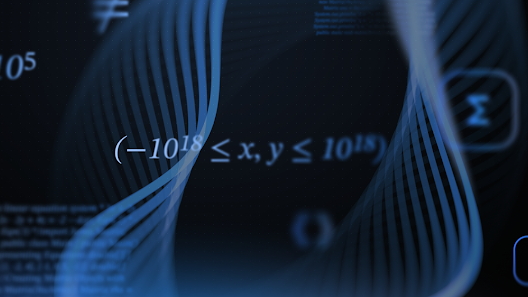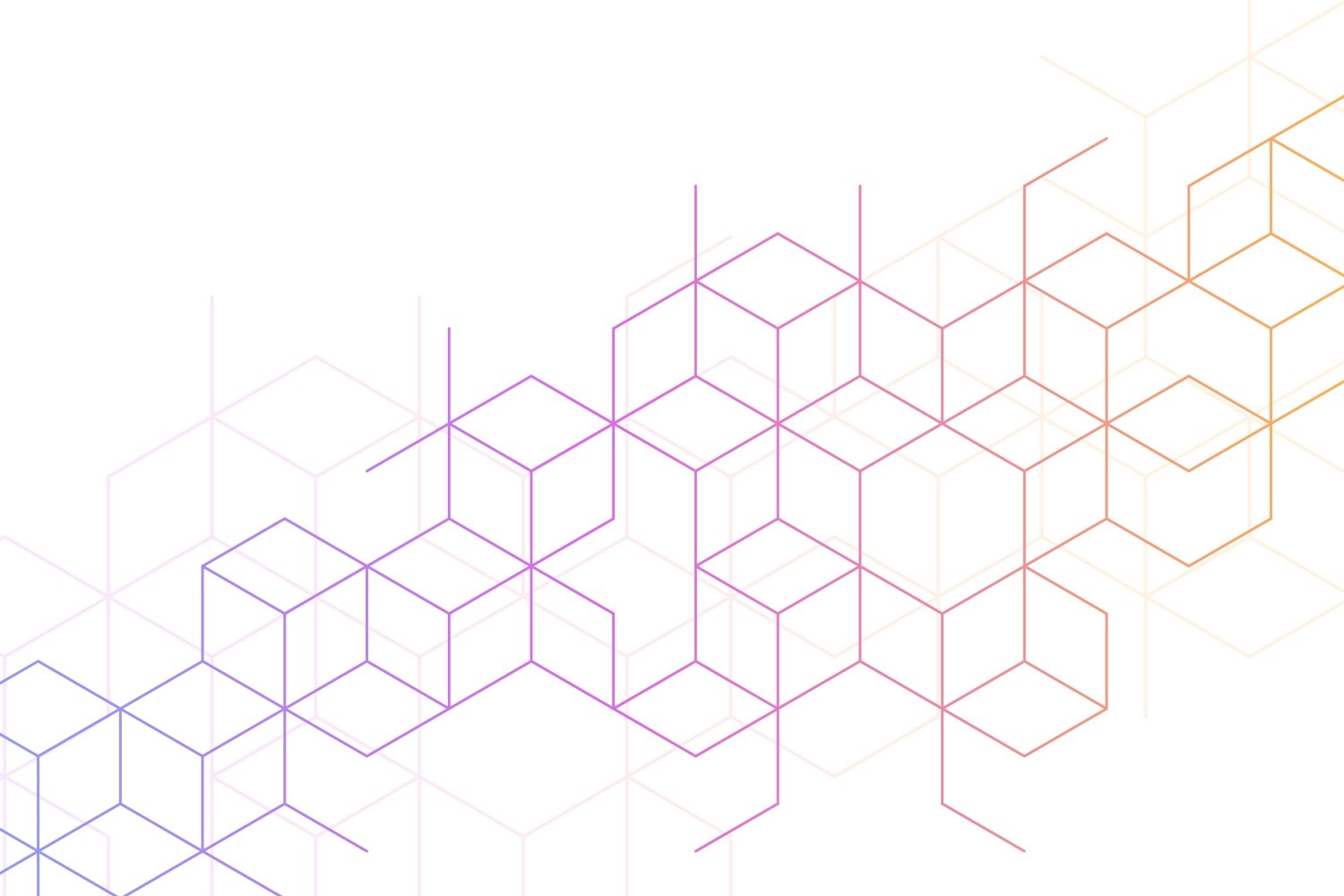Boston Dynamics and Nvidia have unveiled a strategic collaboration to accelerate the future of humanoid robotics, leveraging Nvidia’s latest high-performance AI platforms to enhance robotic intelligence and agility.
Atlas Gets a Brain Boost from Nvidia
The Atlas humanoid robot by Boston Dynamics, already known for its acrobatic prowess and advanced mobility, is now being supercharged by Nvidia’s Jetson Thor computing platform. This integration equips Atlas with the ability to run highly complex, multimodal AI models that work in tandem with Boston Dynamics’ proprietary motion and manipulation control systems.
Thanks to Nvidia’s Isaac GR00T platform, Atlas is gaining new depths in learned dexterity, enabling it to perform intricate tasks with greater precision and adaptability. Boston Dynamics developers and researchers are using this platform to push the boundaries in locomotion policies and real-time AI-based decision-making.
AI Safety and Vision: A Shared Mission
The partnership also focuses on building robust safety and security frameworks for AI-powered robots. With Nvidia’s deep learning and computer vision pipelines, the collaboration aims to define industry benchmarks for functional safety in humanoid robotics. These developments are expected to be pivotal in making humanoid robots viable for real-world environments.
Spot and Orbit Join the AI Evolution
While Atlas takes center stage, Boston Dynamics is also upgrading its quadruped robot Spot and its data orchestration software Orbit. Spot will benefit from new reinforcement learning tools to enhance its environmental awareness and obstacle avoidance. Orbit, on the other hand, will incorporate foundation models for more intelligent fleet management and analytics.
Industry Collaboration Showcased at Nvidia GTC
During the Nvidia GTC 2025 conference, Boston Dynamics’ Chief Technology Officer Aaron Saunders emphasized the importance of simulation in bringing AI into the physical realm. He highlighted how Isaac Lab is enabling the company to refine and test cutting-edge AI features before deploying them to their physical robots.
“Robots are the bridge between simulation and the real world,” Saunders said. “With the electric Atlas and Jetson Thor, we’re building the most capable humanoid ever, powered by the strongest AI computing platform available.”
A Broader Trend in Agentic AI
This move aligns with a broader industry shift toward more autonomous and adaptive AI systems. For example, Deloitte recently introduced its own advanced agentic AI solution in partnership with Nvidia. Learn more about this breakthrough in Deloitte’s Zora AI platform.
With this collaboration, Boston Dynamics and Nvidia are not just shaping the future of robotics—they’re redefining the role of AI in physical systems. As more companies adopt next-gen AI capabilities, the line between software intelligence and hardware execution becomes increasingly seamless, ushering in a new era of intelligent machines.

